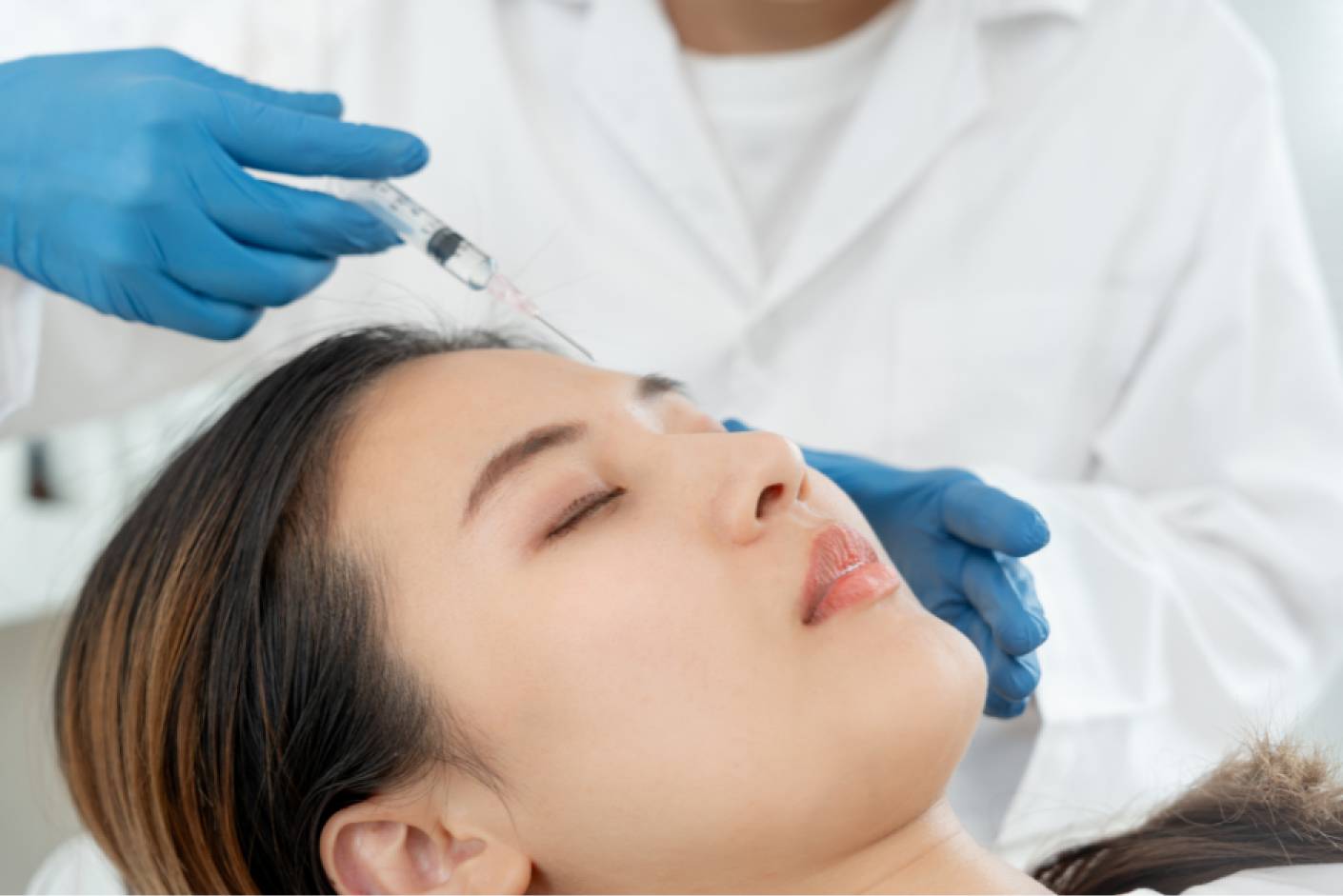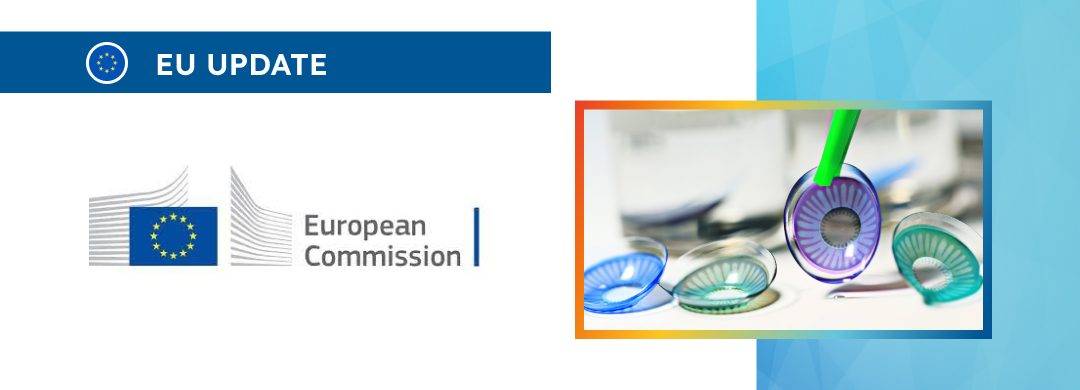The article highlights the key points associated with the regulatory status of certain products placed on the EU market and also describes in detail the approach to be applied with respect to qualification.

Table of content
The Medical Device Coordination Group (MDCG), a voluntary association of national regulating authorities collaborating for further improvement of the medical device regulatory framework has developed a guidance document dedicated to the qualification and classification of Annex XVI products.
The document provides an overview of the applicable regulatory requirements, as well as additional clarifications and recommendations to be taken into consideration by medical device manufacturers and other parties involved in order to ensure compliance with them.
At the same time, provisions of the guidance are non-binding in their legal nature, nor are they intended to introduce new rules or impose new obligations.
MDCG also reserves the right to make changes to the guidance, should such changes be reasonably necessary to reflect corresponding amendments to the underlying legislation.
Regulatory Background
The Medical Device Regulation (EU) 2017/745 (MDR), a critical regulation in the European Union’s legal framework, addresses explicitly medical devices and accessories designed for medical use.
However, its scope extends beyond traditional medical devices to include a range of products without an intended medical purpose, as detailed in Annex XVI.
This inclusion is significant as it mandates that such products adhere to the stringent guidelines and standards outlined in the MDR.
The regulation’s applicability is further defined by the Commission Implementing Regulation (EU) 2022/2346, known as the common specifications (CS), which clarifies the criteria and conditions under which these products fall under the purview of the MDR.

Scope
The present guidance document associated with the MDR serves a critical role in delineating the boundaries and requirements for products without an intended medical purpose.
It outlines the criteria for these products to be considered under the MDR and provides a comprehensive explanation of how various classification rules apply.
This document is intended to be used with the MDCG 2021-24, which focuses on classifying medical devices, offering a holistic approach to understanding and implementing the regulations effectively.
Qualification of Products under the MDR
Qualifying products as per Annex XVI, covered by the CS, involves thoroughly examining the product’s attributes, functions, and intended usage.
The MDR categorizes products based on criteria outlined in Articles 1(1) and 1(2), distinguishing between medical devices, accessories, and Annex XVI products.
This distinction is crucial as it determines the regulatory pathway that a product must follow.
The MDR does not provide explicit definitions for Annex XVI products, thus requiring a careful interpretation of the product descriptions in Annex XVI and the scope sections of the CS.
The characteristics such as the type of product, technology used, functioning modalities, target body part, organ or tissue, and the intended purpose are all considered during the qualification process. Furthermore, the guidance emphasizes the importance of aligning with the state of the art and existing harmonized standards for analogous devices with a medical purpose.
Classification and Accessories
The classification of products and accessories under the MDR is governed by specific rules outlined in Annex VIII and the Commission Implementing Regulation (EU) 2022/2347.
These rules ensure that each product is categorized correctly based on its function and intended use.
Although not explicitly defined in Article 2 of the MDR, accessories for Annexe XVI products are nevertheless subject to the regulation if they align with the descriptions in Annex XVI and fall under the scope sections of the CS.
The distinction between products marketed as standalone items versus those combined with other Annex XVI products is critical in determining their classification and regulatory compliance.
Dual-Purpose Devices and Multiple Intended Purposes
A unique category within the MDR is dual-purpose devices, which claim both a medical and a non-medical intended purpose.
These devices must satisfy the requirements for both categories, often necessitating adherence to the more stringent set of standards.
The complexity arises when these purposes are not simultaneous, prompting a separate application of requirements for each intended purpose.
Furthermore, products with multiple intended purposes span across different groups in Annex XVI present an additional layer of complexity. These products must meet the cumulative requirements set out in the CS for each relevant group.
Practical Examples and Issues of Qualification
The guidance also provides practical examples, such as lipolysis laser equipment and equipment for radiofrequency radiation-assisted liposuction, to illustrate the application of these regulations.
These examples highlight how the specific functions of a device, such as fat tissue removal or skin treatment, determine its classification under different groups in Annex XVI.
Additionally, the document addresses the challenge of interpreting terms and concepts not explicitly defined in the MDR, offering guidance on how to approach these terms for qualification purposes.
Conclusion
In summary, by this guidance, the MDCG emphasizes that MDR represents a comprehensive regulatory framework that extends beyond traditional medical devices to include products without an intended medical purpose.
Its scope, applicability, and stringent guidelines ensure that such products meet the high standards of safety and efficacy expected in the healthcare industry.
The document provides additional explanations on the regulatory status of such products and highlights the key points associated to it.
How Can RegDesk Help?
RegDesk is a holistic Regulatory Information Management System that provides medical device and pharma companies with regulatory intelligence for over 120 markets worldwide. It can help you prepare and publish global applications, manage standards, run change assessments, and obtain real-time alerts on regulatory changes through a centralized platform. Our clients also have access to our network of over 4000 compliance experts worldwide to obtain verification on critical questions. Global expansion has never been this simple.

